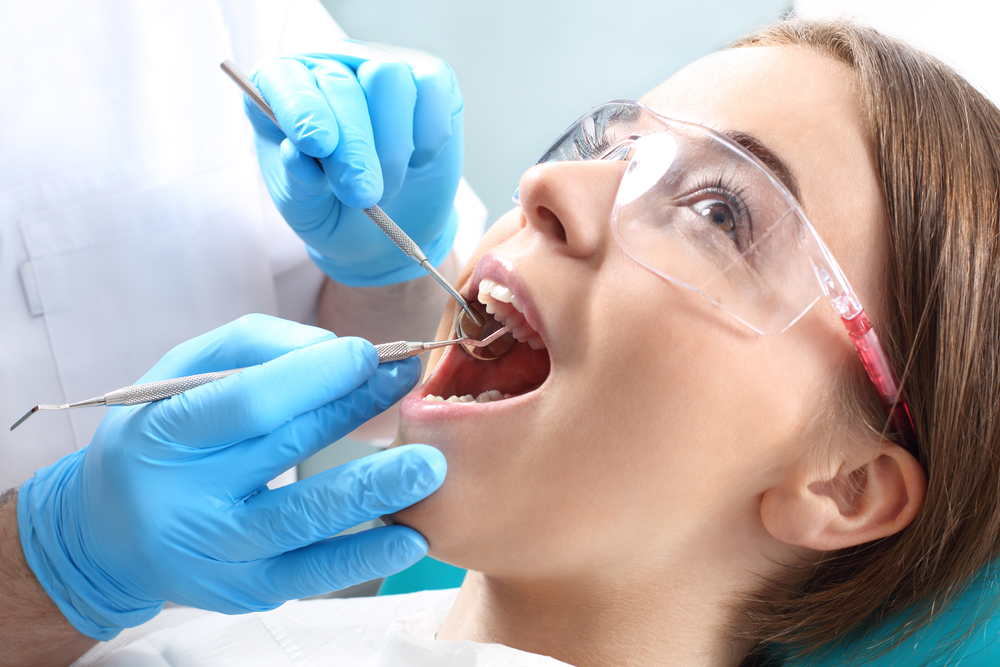
A team of American researchers with the OHSU School of Dentistry in Portland have created a filling material that’s two times more resistant to breakage than standard fillings
This is according to a study published by the journal Scientific Reports.
The new filling uses the additive thiourethane, which is also in protective coatings for cars and decks.
The team also has developed an adhesive that’s 30% stronger after six months in use than adhesives that are currently used to keep fillings in place.
This new adhesive was described in a recent study published in the journal Dental Materials.
Together, the new adhesive and the composite are designed to make longer-lasting dental restorations.
Preventing more serious problems
Carmem Pfeifer DDS PhD, associate professor of restorative dentistry at the OHSU School of Dentistry and corresponding author of the studies published in Scientific Reports and Dental Materials said: ‘Today’s dental restorations typically only last seven to 10 years before they fail.
‘They crack under the pressure of chewing, or have gaps form between the filling and the tooth, which allow bacteria to seep in and a new cavity to form,’ she explains.
‘Every time this happens, the tooth under the restorations becomes weaker and weaker, and what starts as a small cavity may end up with root canal damage, a lost tooth or even life-threatening infections.
‘Stronger dental materials mean patients won’t have to get fillings repaired or replaced nearly as often.
‘This not only saves them money and hassle, but also prevents more serious problems and more extensive treatment.’
The adhesive described in the Dental Materials study uses a specific kind of polymer – known as (meth)acrylamides – that is much more resistant to damage in water, bacteria and enzymes in the mouth than standard adhesives currently used in dentistry.
The composite material described in Scientific Reports uses thiourethane, which holds up much better to chewing.
Pfeifer and Jack Ferracane PhD chair and professor of restorative dentistry, led the materials’ development.
The study published in Dental Materials was supported by the National Institute of Dental and Craniofacial Research. The study published in Scientific Reports was supported by NIDCR grants.
Links


